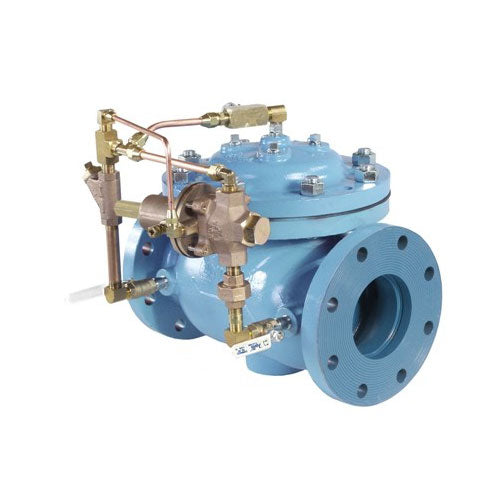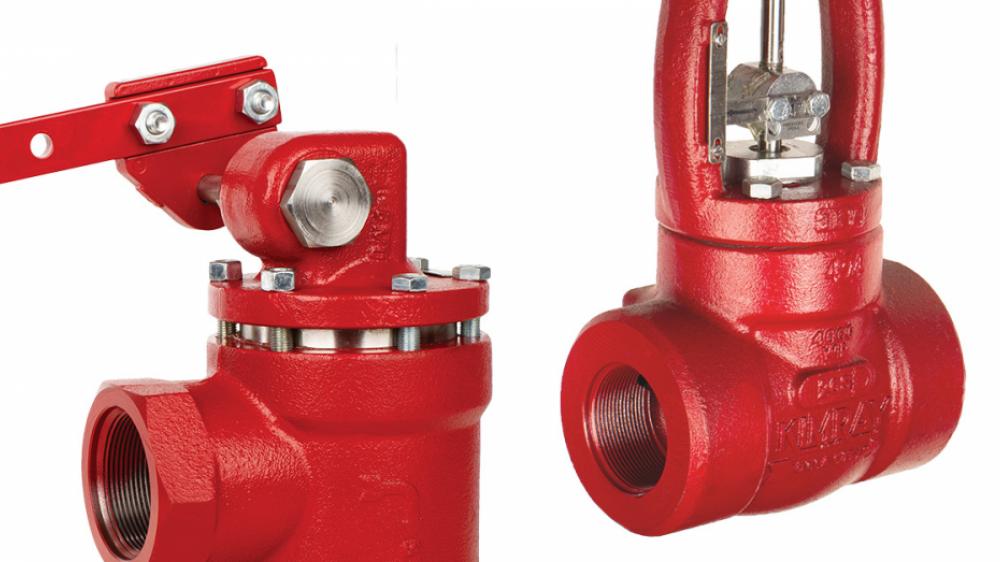Exploring the Capability of Modern Control Valves in Industrial Applications
Exploring the Capability of Modern Control Valves in Industrial Applications
Blog Article

Maximize Energy Financial Savings and Comfort With Advanced Building Automation Controls
In the world of modern-day architecture and facility management, the integration of innovative building automation manages stands as a crucial advancement. The merging of modern technology and sustainability has actually birthed a brand-new age where energy performance, comfort optimization, and functional streamlining are no more achievable realities but distant desires. By utilizing the power of automation, buildings can adapt, react, and develop in manner ins which were when inconceivable. The possibility for significant power cost savings and enhanced comfort is not simply a possibility however a promise waiting to be satisfied. This paradigm shift in building monitoring holds the vital to unlocking a world where environmental conscientiousness and resident health harmoniously exist together within the wall surfaces of our structures.
Power Effectiveness Conveniences
Power effectiveness advantages can dramatically decrease energy consumption and operational expenses in structures. By executing energy-efficient techniques and modern technologies, building owners and operators can achieve significant cost savings while likewise adding to ecological sustainability. One of the key benefits of enhancing power effectiveness in structures is the decrease of energy expenses. Energy-efficient systems, such as advanced structure automation controls, can maximize the use of sources like heating, air conditioning, and illumination, resulting in reduced energy expenses gradually.
Moreover, boosted power performance can extend the life-span of building devices and systems. By running more efficiently, a/c systems, light, and other building elements experience much less deterioration, resulting in lowered maintenance and replacement prices. Additionally, energy-efficient structures typically regulate greater building values and rental rates, supplying lasting financial benefits to owners.
Furthermore, energy performance can boost occupant convenience and productivity. Effectively regulated interior settings with optimum lighting and thermal conditions develop an even more helpful and positive workspace, leading to improved worker fulfillment and efficiency. On the whole, the energy efficiency benefits connected with sophisticated structure automation controls are multifaceted, encompassing price savings, environmental stewardship, and passenger wellness.
Enhanced Convenience Control
Enhancing convenience control in building environments calls for an innovative assimilation of innovative automation systems for optimum resident well-being. By using innovative structure automation controls, centers can tailor the indoor setting to fulfill the certain requirements and preferences of residents. These systems allow exact law of temperature level, ventilation, and illumination, producing a comfortable and efficient environment. Passenger complete satisfaction and performance are carefully connected to thermal convenience, making it necessary to have systems in position that can adapt to altering problems in real-time.
Enhanced convenience control exceeds fundamental temperature changes. It includes attributes such as personalized setups, tenancy sensing units, and natural light use to create a responsive and vibrant environment. By incorporating these innovative controls, buildings can not only enhance comfort but also improve energy efficiency by optimizing system procedures based on actual occupancy and usage patterns. Eventually, prioritizing owner comfort through innovative automation systems results in a much more satisfying and healthier interior environment.
Operational Effectiveness Improvements

Furthermore, the application of real-time monitoring and analytics devices makes it possible for structure drivers to determine energy ineffectiveness and functional abnormalities promptly. By continually checking power use patterns and system performance metrics, changes can be made in real-time to maximize power usage and make sure peak functional effectiveness. control valves. In addition, including need reaction techniques right into structure automation controls can even more boost operational effectiveness by dynamically adjusting energy use based on grid problems and rates signals
Indoor Environment Optimization
Effective interior environment optimization is an essential aspect of building automation controls, making sure residents' comfort and well-being while taking full advantage of power savings. By making use of advanced sensing units and controls, building automation systems can constantly adjust and monitor temperature level, moisture levels, air top quality, and air flow to develop an optimal indoor setting. Preserving comfortable and consistent conditions not just boosts resident contentment however also increases performance and total wellness.
Indoor climate optimization likewise plays a critical role in power effectiveness. By fine-tuning ventilation, air conditioning, and home heating systems based on real-time data and tenancy patterns, developing automation controls can considerably minimize power consumption - control valves. Carrying out methods such as demand-controlled air flow and thermal zoning can aid minimize energy waste while making sure that each area of the building receives the essential conditioning.

Lasting Environment Creation
Structure automation regulates not just maximize interior environment problems for energy effectiveness and navigate to this website resident comfort yet additionally lay the structure for developing a lasting atmosphere through strategic management of resources and systems. By incorporating sophisticated building automation innovations, such as sensors, actuators, and smart software program, centers can check and change energy use in real-time to lessen waste and decrease their carbon impact. These systems make it possible for predictive maintenance, identifying possible problems before they rise and optimizing equipment efficiency to improve longevity and performance.
In addition, sustainable environment production prolongs beyond power management to incorporate water conservation, waste reduction, and interior air high quality improvement. Structure automation controls can regulate water use, find leaks, and ensure correct garbage disposal practices, adding to general sustainability initiatives. Additionally, by keeping an eye on and controlling ventilation and filtering systems, these technologies improve occupant wellness and efficiency while lowering energy usage related to heating and cooling procedures.
Final Thought
To conclude, progressed building automation controls deal substantial benefits in terms of power financial savings, comfort control, operational effectiveness, interior environment optimization, and creating a sustainable setting. By implementing these controls, structures can attain optimal performance while minimizing power intake and improving passenger convenience. It appears that making use of advanced automation innovation is critical in improving building performance and producing a more sustainable future.
Energy efficiency advantages can dramatically lower energy consumption and operational prices in structures. On the whole, the power performance advantages connected with sophisticated structure automation controls are diverse, including expense financial savings, environmental stewardship, and owner health.
Furthermore, integrating need feedback approaches right into building automation controls can further boost operational performance by dynamically changing energy use based on grid problems and pricing signals.
Structure automation regulates not just enhance interior environment conditions for power effectiveness and occupant get redirected here comfort yet likewise lay the structure for producing a sustainable setting via tactical monitoring of systems and sources.In conclusion, progressed building automation controls deal considerable advantages in terms of energy savings, comfort control, operational performance, indoor environment optimization, and creating a lasting environment.
Report this page